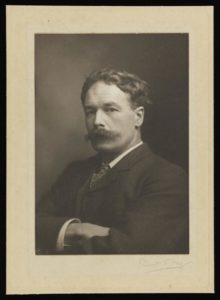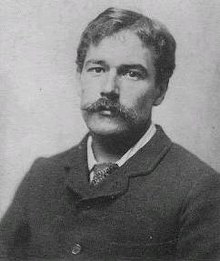
1858 - 1929
Henry Scott Tuke
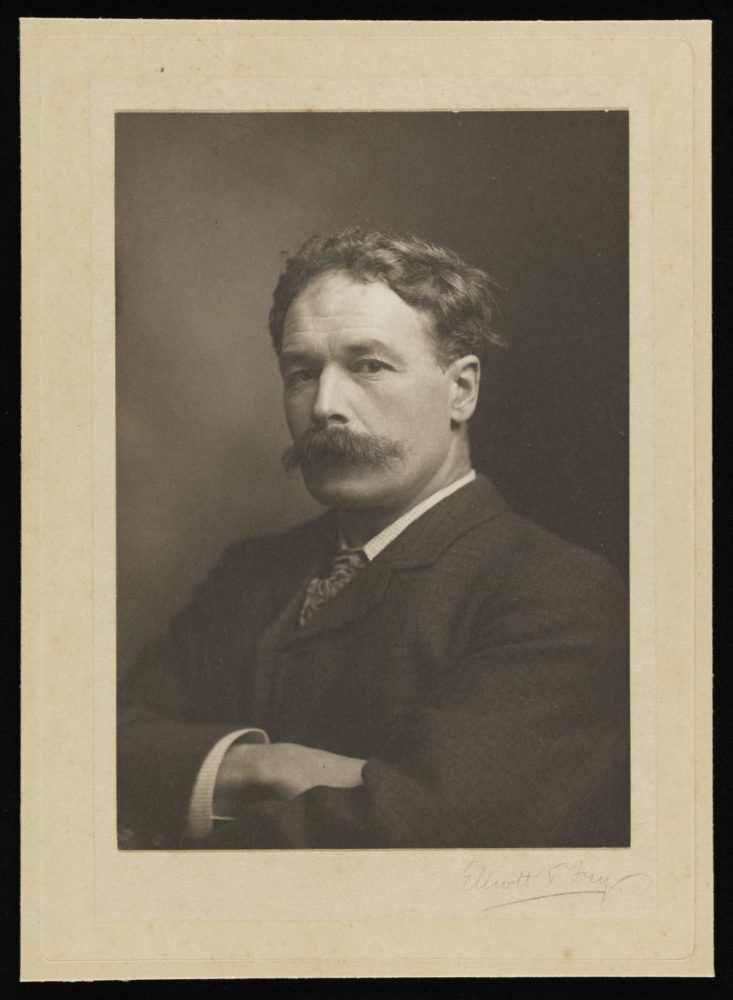
description
An English artist, one of the representatives of the Newlyn Art Colony. He was elected a member of the Royal Academy of Arts of Great Britain and participated in its official exhibitions. He was mostly known in his time and in the modern art world for his nudes, the models for which were boys and teenagers, although the artist created no less portraits, marines, landscapes and fishermen’s life canvases. The artist kept a diary and made lists for many years. These notes are an important and interesting source for studying the era of the turn of the 19th and 20th centuries and the first quarter of the 20th century.
Key ideas:
– At the beginning of his career, the main compositions of H. Tuke were narrative. His passion for sea, swimming and sailing forced the artist to choose scenes with the image of courageous fishermen fighting with stormy elements. However, the drama turned out to be far-fetched, since Tuke’s talent was more lyrical. Also, for some time, he tried to bring the myological figures of cupids and nymphs into the context of his canvases; however, this way did not become convincing.
– The artist realized that he wanted to depict his studies of the human body as self-sufficient, not tied to profound subjects, as if apart from any informative meaning, without reference to mythological or narrative themes, at the same time, depicting water in all its attractive fluidity. In most of his works, there are young people who swim and dive from a boat, enjoy the sun and relax on the beach. The artist uses bold, fresh “impressionistic” colors, the treatment of paints becomes more free.
– His works convey a feeling of pleasure, simplicity and innocence, joy from sunlight playing on naked bodies, on the surface of the sea, on sand or on rocks. Tuke managed to create a special genre of non-erotic male nude, in which the natural beauty of bodies is celebrated and youth seems timeless.
1858
1870
1874 - 1875
1877
1880 - 1883
1883
1884
1885
1890
1914
1929
The birth of the artist
He entered the Irwin Sharps’ School
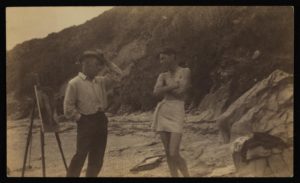
The family moved to London
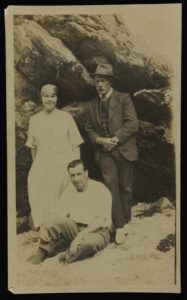
Received a scholarship
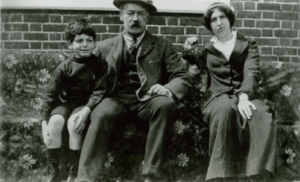
Made a trip to Italy

He decided to join his friends from the Slade School

“Summertime”

Returned to Falmouth

Received profitable orders
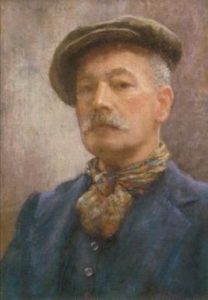
He was elected a full member of the Royal Academy of Arts
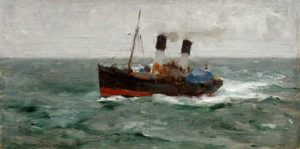
The death
